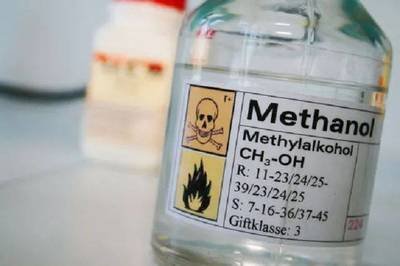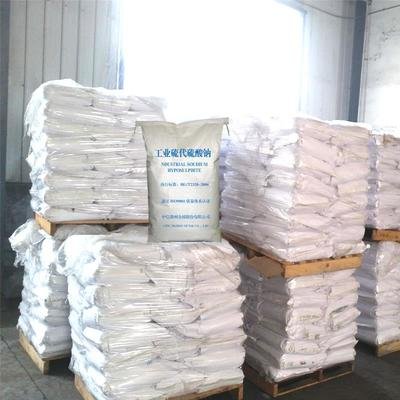Anhydrous Sodium Sulfate SDS
Everything You Need to Know Anhydrous sodium sulfate is a versatile compound widely used across various industries. Whether it’s in detergents, pharmaceuticals, or glass production, this chemical plays a key role in manufacturing processes. However, understanding its Safety Data Sheet (SDS) is critical for ensuring proper handling and compliance with safety standards. Accidents can happen,…

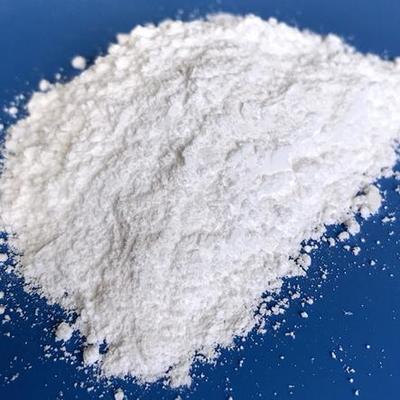

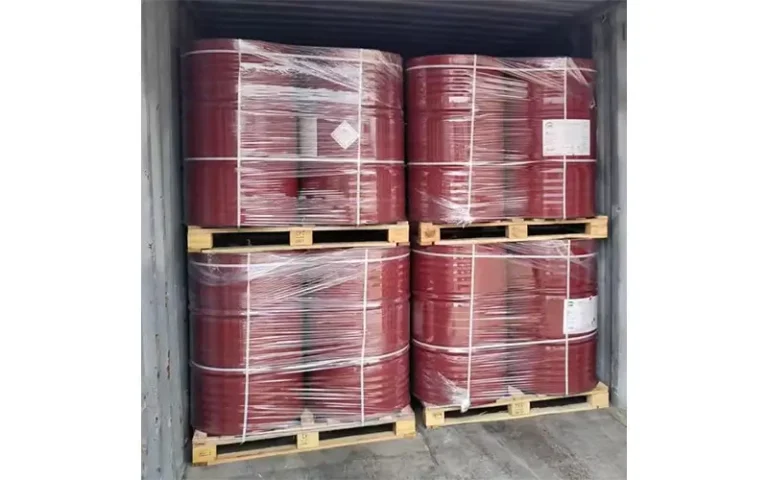
.jpg)
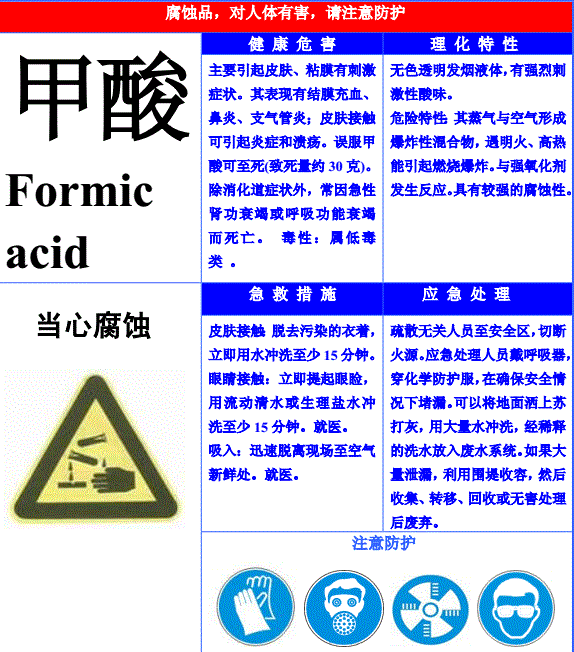
dimethyldisulfide.jpg)
